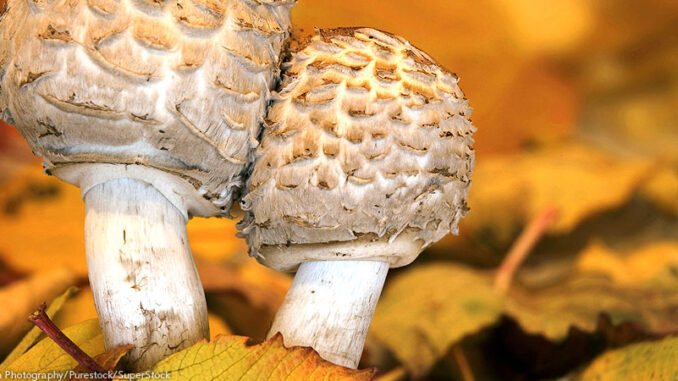
Are Competitive Sports Good or Bad for Kids?
In an era when schools are eliminating extra curricular activities because of budget concerns, outside organizations have been filling the gap. However, there is a growing divide between those who believe the heightened focus is good for our kids’ development and those who believe it is killing their childhoods.
Those in favor of the increase in organized sports believe it is a good place for children to become physically fit. Sports can develop discipline, teach kids how to take direction and respond to criticism. Kids from diverse backgrounds and skills learn how to work together toward something bigger than the individual. Girls in particular have benefited greatly from the increase in girls’ sports. There are many positive psychological and health benefits. Studies show more likely to have better self-esteem, get better grades and more likely to go to college.
Those critical of organized sports say that organizations have grown increasingly competitive. This creates a “win-at-all-costs” culture, leaving little room for those who are only interested in the fun of the game. The time commitment for practices and weekend games crowds out other interests and family obligations. The growing expense to participate can also be a significant financial burden. Many teams are playing all year long and risk injury to developing bodies as well as burn out.
It is likely that this debate will continue for some time.
What Do You Think? Are you involved in sports? If so, what do you think are the pros and cons of being involved in your sport and on your team? Do you think anything should be done to regulate how sports are currently being run? Why or why not?
Kissing, Not Just a Meeting of the Lips

Researchers at the University of Oxford in England recently published a study about kissing. They had three theories about our reasons for getting lip-locked and wanted to get confirmation. So they asked 900 adults to answer questions about the importance of kissing in their relationships. The majority of participants said that more than other reasons, kissing was the best way to determine if a another person is a good mate for them. Kissing is also a way to unconsciously monitor the status of a relationship. The study also showed that having a good-kissing mate is more important to women than it is to men.
The scientific term for the study of kissing is called philematology. It takes approximately thirty-four facial muscles to kiss. Human lips are packed with sensitive nerve endings. Because we are so close to one another when we kiss, our other senses–touch, taste and smell–are also involved. While kissing is mostly a universal ritual, there are places in the world where people don’t kiss at all. There are a few cultures in Africa, for example, where the people believe that the mouth is the portal to the soul and that someone can steal your spirit through a kiss.
Dig Deeper The authors of the Oxford study talk about “the Jane Austen problem.” Do some research and find out what they mean by this. Do you agree?
Bigfoot Sighting in Pennsylvania?
A motorist on his way home from a fall festival took a photograph of what he believed might have been a Bigfoot, the humoid-like creature some people believe live in forests and others don’t believe exists at all. This sighting was unusual because most have occurred in the Pacific Northwest. A hiker, after getting a closer look, however, said that the figure was just a tree stump. Proving the existence of Bigfoot has never been an easy pursuit. The mythical creature is said (by believers) to be between six and ten feet tall and weighs around 500 pounds. Its features most closely resemble a gorilla, with long dark hair covering its body.
Sightings go back as far as the mid 1800s when a Protestant missionary was said to have observed giant beings living among Native Americans in Spokane. Washington. There have been six notable sightings in since 1934. Scientists, in general, reject the existence of Bigfoot, often comparing it to claims of mis-identifications, much like Unidentified Flying Objects (UFOs.) There are organizations, however, dedicated to the study of Bigfoot. Some of these believer groups claim they have a mission to protect this vulnerable beast (or beasts?) from those who wish to harm them.
What Do You Think? Do you think Bigfoot exists? Why or why not? Make a list of five reasons this species might exist and five why it probably does not. Compare with your classmates.
Celebrating Fungus!
So you might get grossed out when you find a little mold on your bologna sandwich or brush your foot on some moss when swimming in a lake. But the truth is, life on Earth would not exist without fungi. Most plants depend on them to access their water and minerals. Humans depend on fungi in the production of some of our food (cheese and bread, for instance) and medicines, such as penicillin. In England, people love the plant so much they have National Fungus Day, which is October 13. The goal of this day of observance is to introduce people to the “wonders of the fungal kingdom and inspire your interest in fungal science.”
The Kew Royal Botanical Gardens in London is all about fungus this month. It currently have an exhibit called IncrEdibles: A Voyage Through Autumn’s Edible Delights. The exhibit includes a number of interactive displays and an art installation. Artist Tom Hare combined art and science by creating larger-than-life sculptures of mushrooms out of willow branches. Kew Gardens also has a Fungarium that houses an estimated 250,000 different fungi. It opened to the public for the first time on National Fungus Day.
